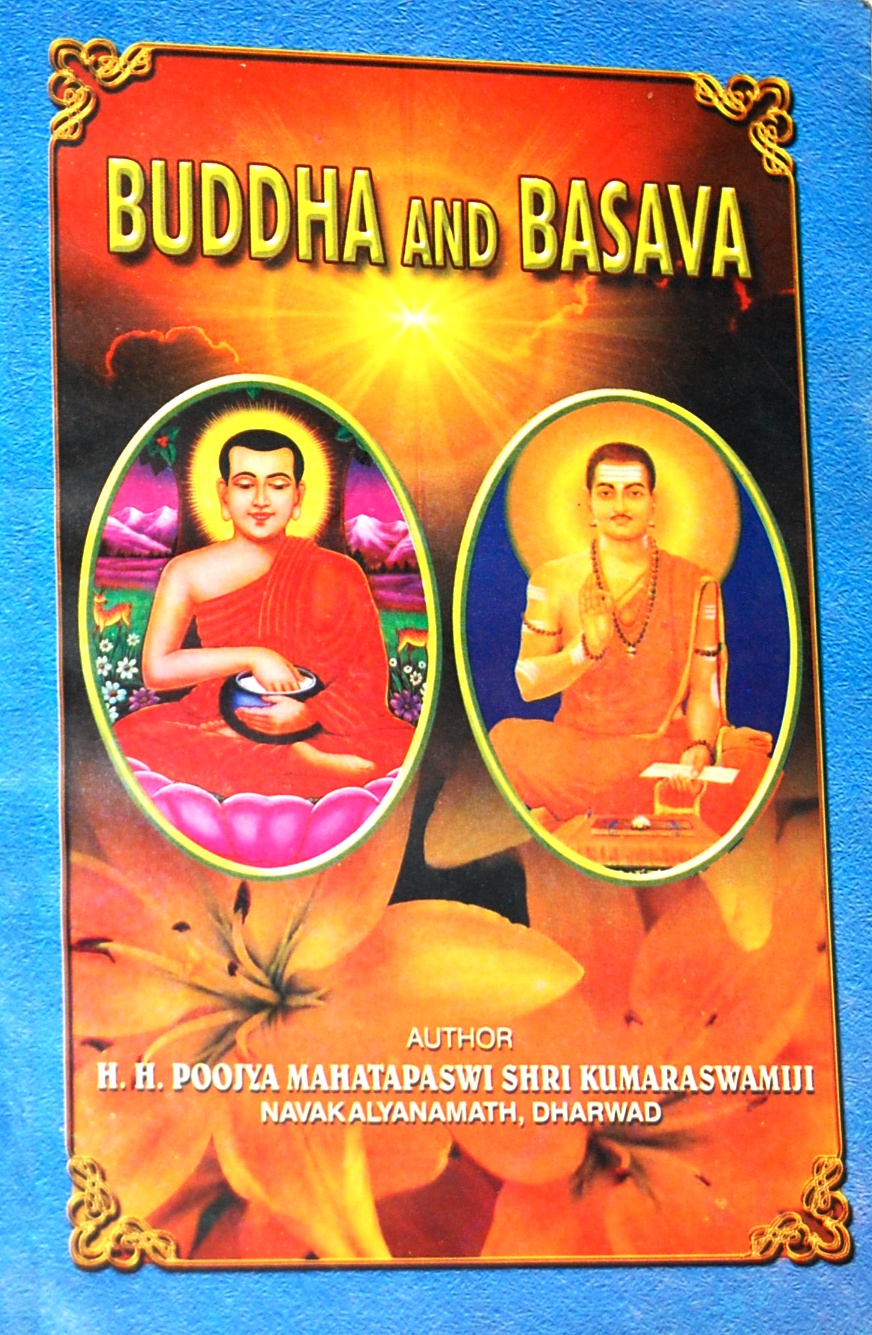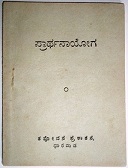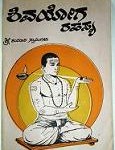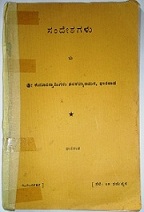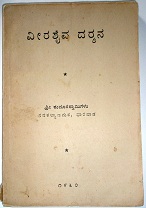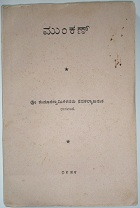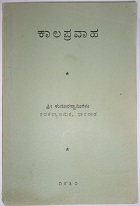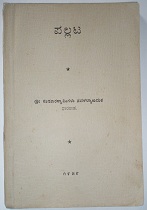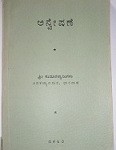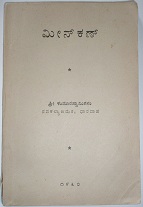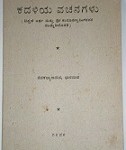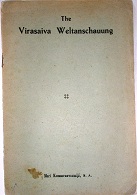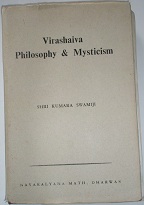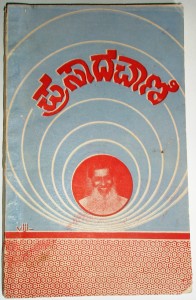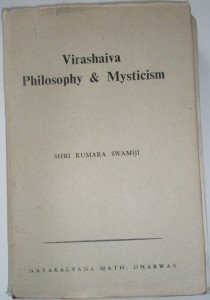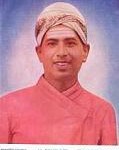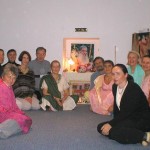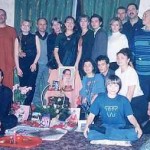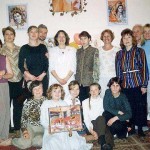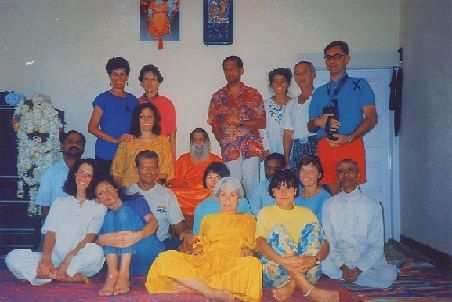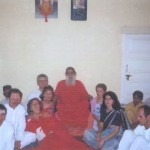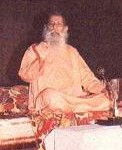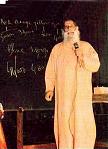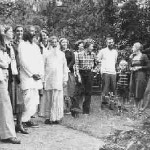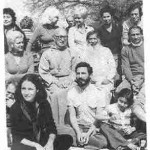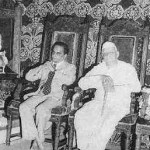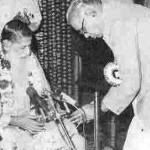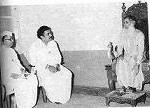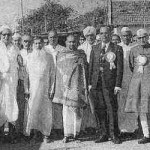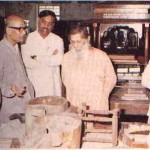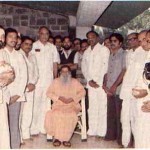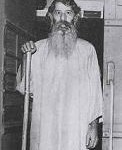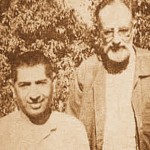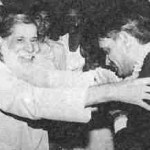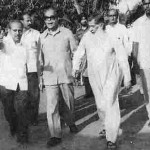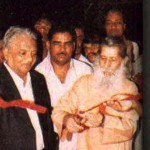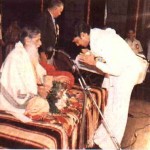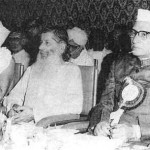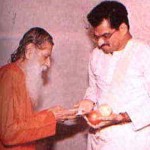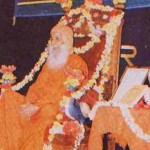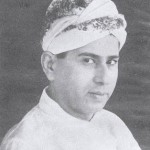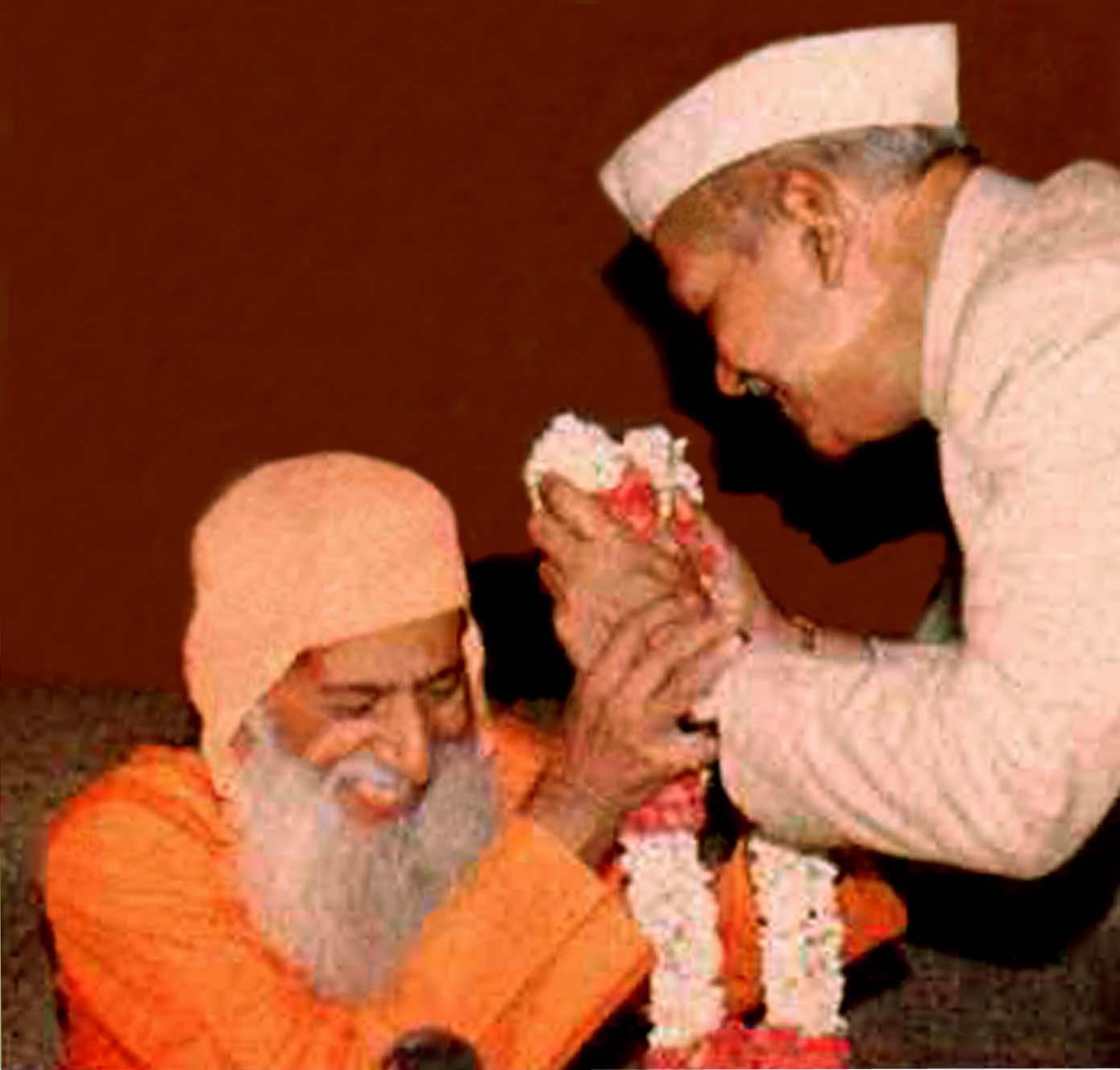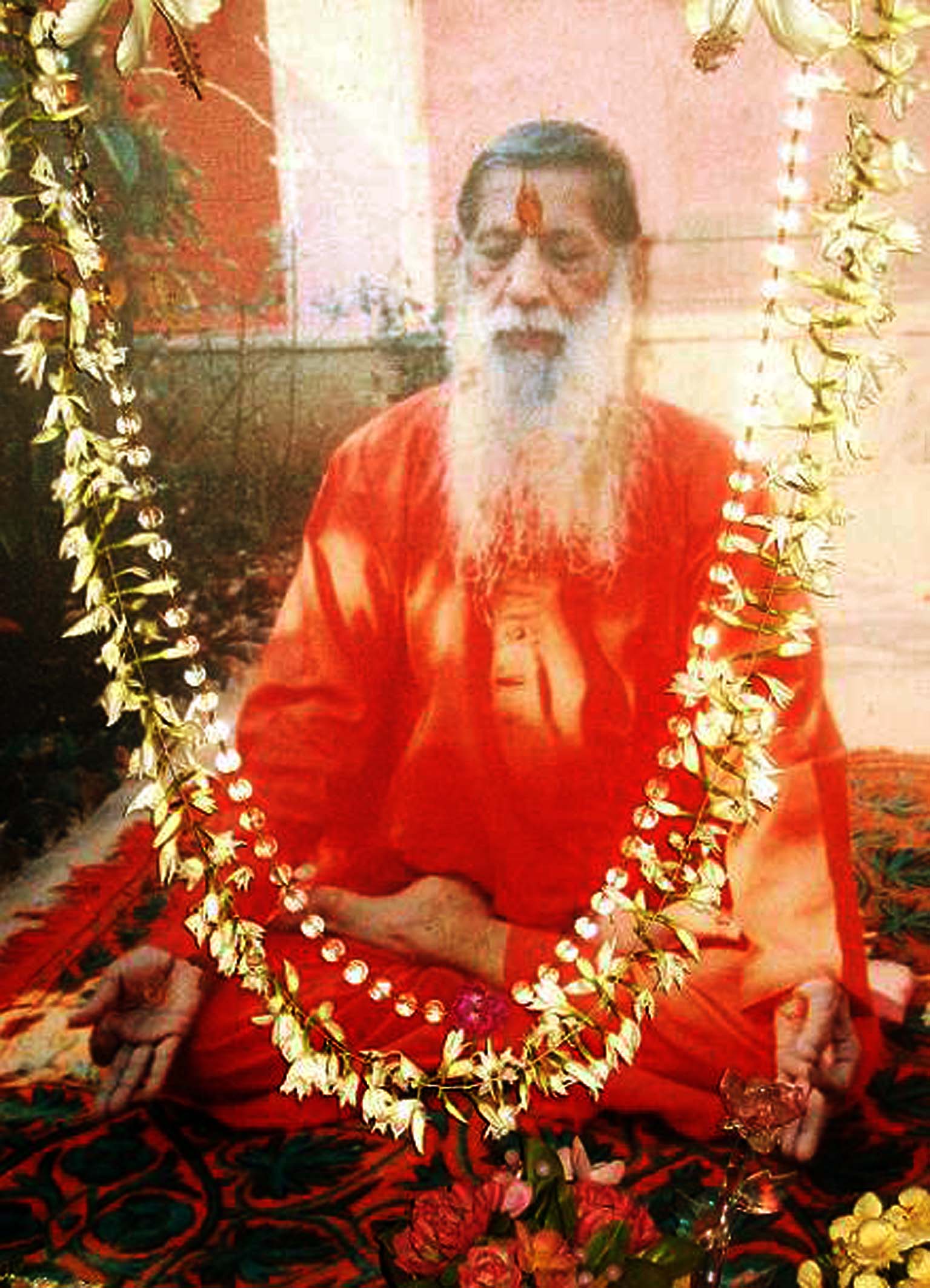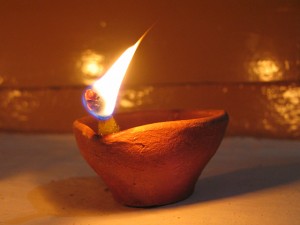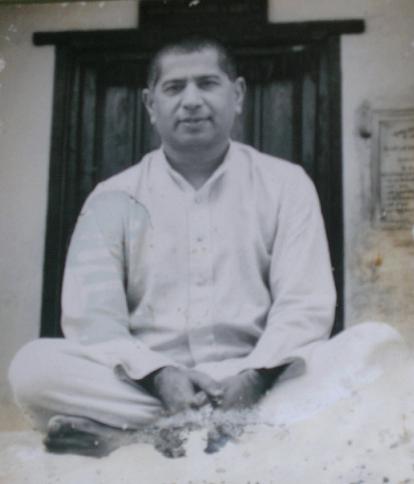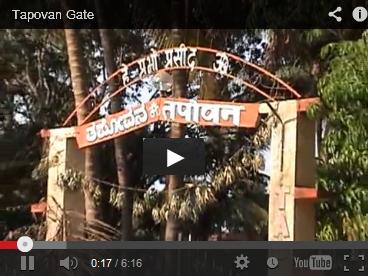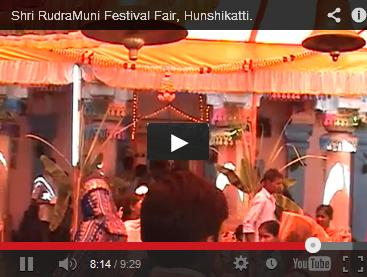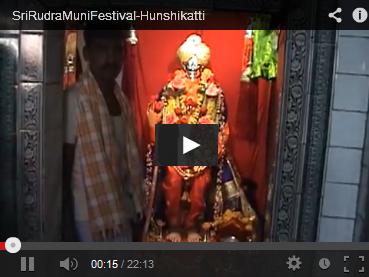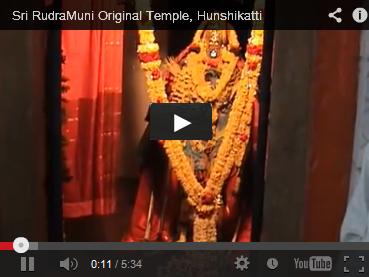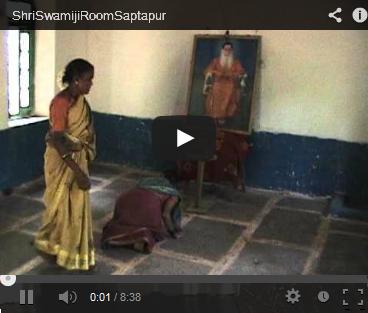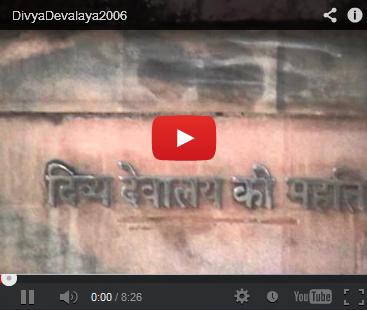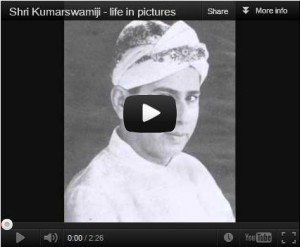The Veerashaiva religion, as professed and practised in Karnatak during the past several centuries forms a significant chapter in the history of Indian culture and finds its sublime significance and importance in the Vachanashastra. No doubt it has absorbed several elements from the Trika, the Shaiva Siddhanta and other Indian schools of thought, but the assimilation of all these elements into an entity that is Veerashaivism is in itself an original achievement. The Astavaranas, the Satsthala, the wearing and worshipping of Linga, the various Veerashaiva rites – all those mark Veerashaivism as an independent religion.
Veerashaivism is an Agamic system. The Shaivagamas are 28 in number, from Kamika to Vatula. Out of these 28, only eight or nine are available. They are Kamika, Karanagama, Kiranagama, Parameshwaragama, Chandrajnanagama, Vatulagama, Suxmagama, Suprebhedagama and some parts of Rauravagama. Besides the 28 principal Shivagamas, there are many Upagamas or secondary agamas. Agamas are enumerated in the Shivatattva Ratnakara and encyclopaedic Sanskrit of Keladi Basavaraja and in the Vivekachintamani, a Kannada encyclopaedic work of Nijaguna Shivayogi.
Mahabharata, Puranas, poets like Kalidasa and some of the Upanishads refer to the Agamas. In the Drona parva and Adi parva of Mahabharata the worship of Shivalinga is mentioned. In Kurma purana reference is made to the fact that Shri Krishna was taught the Pasupata or Agamic philosophy by Upamanyu. Kalidasa refers to the Agamas in the 26th verse of the 10th canto of Raghuvamsa. Also chapter 249 of Shantiparva of the Mahabharata refers to the Agamas. Kenopanishad is one of the ten old Upanishads in which the mention of Uma Haimavati is clearly made. Uma or Parvati is the daughter of Himavat and is the consort of Shiva. Indirectly the Upanishad suggests the prevalence of Shaivism and thereby the existence of the Shivagamas. The Shvetashvetara Upanishad is definitely a Shaivagamic Upanishad, later followed by other Agamic Upanishads like Atharvashira and Kaivalya. The Shvetashvetara sets forth the Agamic doctrine of theology and philosophy. It establishes the personal Godhead unlike the Absolute of the Upanishads. It teaches the path of devotion. Shiva or God is said to possess Shakti or the wonderful inscrutable power, by virtue of which He works wonders of creation etc. This is Shaktivishistadvaita. The Upanishad contains three principal categories of Pasupata religion, namely Pati, Pasa and Pashu. The rudiments of the yogic practice are also found in the Upanishad, and the yoga system forms one of the four divisions of the Agamic teachings. Finally the Upanishad lays stress on the Prasada or Grace as a necessary ingredient to liberation. The Agamas also vax eloquently on the doctrine of Prasada. Thus in many respects, the Shvetashvetara Upanishad teaches in compendious form all that Agamas teach. From this, it would be clear that the Agamas are as old as the Upanishads or Aranyakas which are considered to have been written 3,000 years ago. It is for this reason that Harita says, “srutisca dvividha vaidiki tantrikica.” The scripture is twofold, Vedic and Agamic. Harita seems to have flourished in the beginning of the first century A.D.
The Agamas consist of four parts – Charya, Kriya, Yoga and Jnana. The modes of worship corresponding to these four padas are respectively called Dasamarga, Satputramarga, Sahamarga and Sanmarga or Sayujya. The exercises of Charya pada are so framed that the three organs of man’s activity – the body, tongue and mind – work in unison, leaving no room for distractions from any quarter. They contain three elements – a physical act, an utterance and a mental activity called Kriya, Mantra and Bhavana respectively. In this stage, every act of the aspirant is made religious. When he bathes, he considers the water in which he bathes to be the love of God. Since he regards the body as the abode of God, he considers the food that he takes to be an offering to Him. He regards every work that he does as service to God, who is enthroned in his heart. His love for God in this stage is compared to that of a servant for a master, hence this stage is called Dasamarga or Dasoham. The Satputramarga or the path of some takes a higher step of worshipping the Lord under a mental image in accordance with the description in the Kriyapada of the Agamas. The mental image in this stage is in accordance with the description in the Kriyapada of the Agamas. In this stage, the mental worship will be the chief object. And in mental worship, the body is the temple, the mind is the worshipper, Lord is the worshipped. Worship here means the wiping out of evil desires, anger and egoism, in other words, purification of the heart. The purification of the heart brings with it an intimation of the communion with God. This stage is therefore known as Sahamarga which is characterized by an intimate fellowship. Here the worshipper behaves towards God as an associate or a friend. The Sanmarga is the final stage where the sense of trinity of the knower, the known and the knowledge becomes unity; the lover, the loved and the love shade off into one. The Sadhaka in this stage, has become the sage who sees the love of God everywhere and forgets his own individuality. Therefore, no action of his own. He gives himself up to God and is entirely handled by it. The communion of Sahamarga develops into the union of Sanmarga and when this union with God has taken place, the body either perishes at once or persists for some years so that the soul may serve as a Guru and a guide to the aspirants.
Next in order comes the Vachanashastra as a Scripture. During the 12th century, Karnatak witnessed a renaissance in Veerashaiva religion and literature. The leading figures of this renaissance were Basava and Allamaprabhu. Many a Sharana flocked under the banner of Basava. Almost every saint has sung his saying on various topics in various strains. The collection of these sayings is known as Vachanashastra, which is considered to be the Scripture of Veerashaivism.
Some of Basavanna’s Vachanas at ‘Basava Circle’ Kudala Sangmeshwar
The Sharanas or the Vachanakaras were free thinkers. Though they had respect for the authority, they did not hesitate to differ from the Agamas whenever circumstances demanded it. In some Agamas, it appears as though some importance is attached to caste. In the seventh chapter of the Suxmagamas, which are in order of their castes, and in the third chapter of the same Agama it is stated that the Shadaksharamantra should not be imparted to women and Sudras. But in the Vachanas, we find a definite departure in these matters from the stand taken by the Agamas. The Vachanakaras have maintained that all persons irrespective of caste, creed, color, rank, position, and sex become equal the moment they get initiated. No distinctions of any kind do they countenance among the Lingayats. Another important difference is found between the Vachanakaras and Agamakaras in the matter of emphasis laid on one’s duty in a spirit of worship. The Vachanakaras vax eloquently on the saying that work is worship, that Kayaka is Kailasa. A respectful yet unique and unparalleled place is given to labour (kayak) in the vachanas, while the Agamas are content by merely referring to it.
Akka Mahadevi’s popular vachana at her bith-place ‘Udutadi’
The Veerashaiva religion, as professed and practised in Karnatak during the past several centuries forms a significant chapter in the history of Indian culture and finds its sublime significance and importance in the Vachanashastra. No doubt it has absorbed several elements from the Trika, the Shaiva Siddhanta and other Indian schools of thought, but the assimilation of all these elements into an entity that is Veerashaivism is in itself an original achievement. The Astavaranas, the Satsthala, the wearing and worshipping of Linga, the various Veerashaiva rites – all those mark Veerashaivism as an independent religion. Its puritan fervour is duly marked in such a way that it is essentially democratic in spirit. Caste and sex differentiations are obliterated and social and religious rights are afforded equally to all the members. Mysticism is brought within the purview of everyday life; realization is interpreted as a process and the fact of union with God to be achieved here and now. Religion is explained as a being and becoming and religious life is not to be divorced from the commitments to family and society. In fact, the secular life and the spiritual endeavour are harmonized into the pilgrim’s progress towards realization. Democratic in spirit, puritanical in fervour, with service as its watchword and Satsthala as its signpost, Veerashaivism blends together man’s spiritual and social ideas and teaches him the art of the righteous living. Since all these elements are fully mirrored in the Vachanas the scholars are delighted to admit the Vachanashastra as the basic literary form not only of the Veerashaiva religion but also of the Kannada language.
More importantly, Vachanashastra is considered as the Scripture of the Veerashaiva faith.
This article – Sharanas – source of Veerashaivism – is taken from H.H.Mahatapasvi Shri Kumarswamiji-s book, ‘Prophets of Veerashaivism’.











